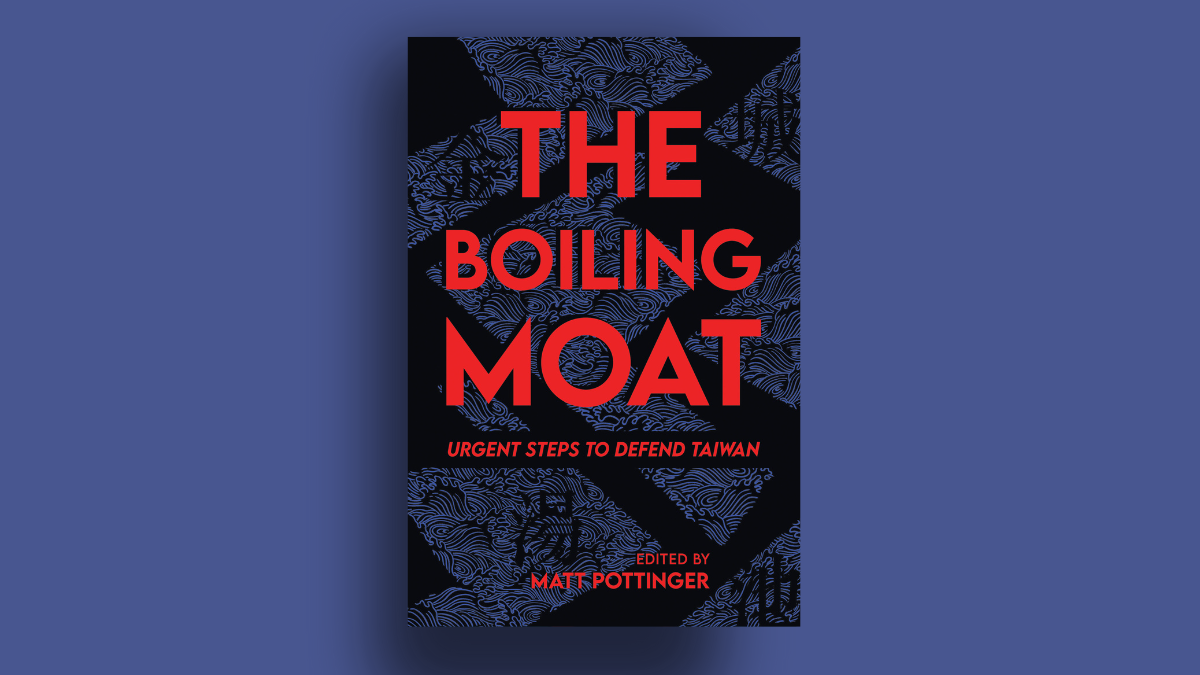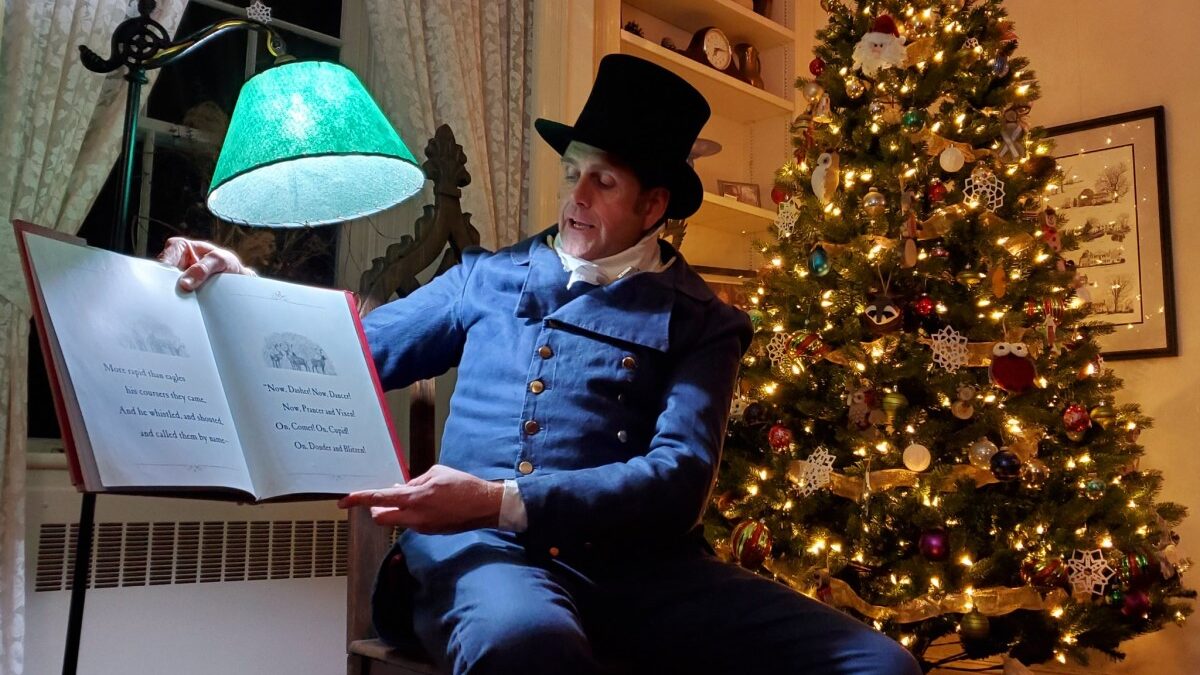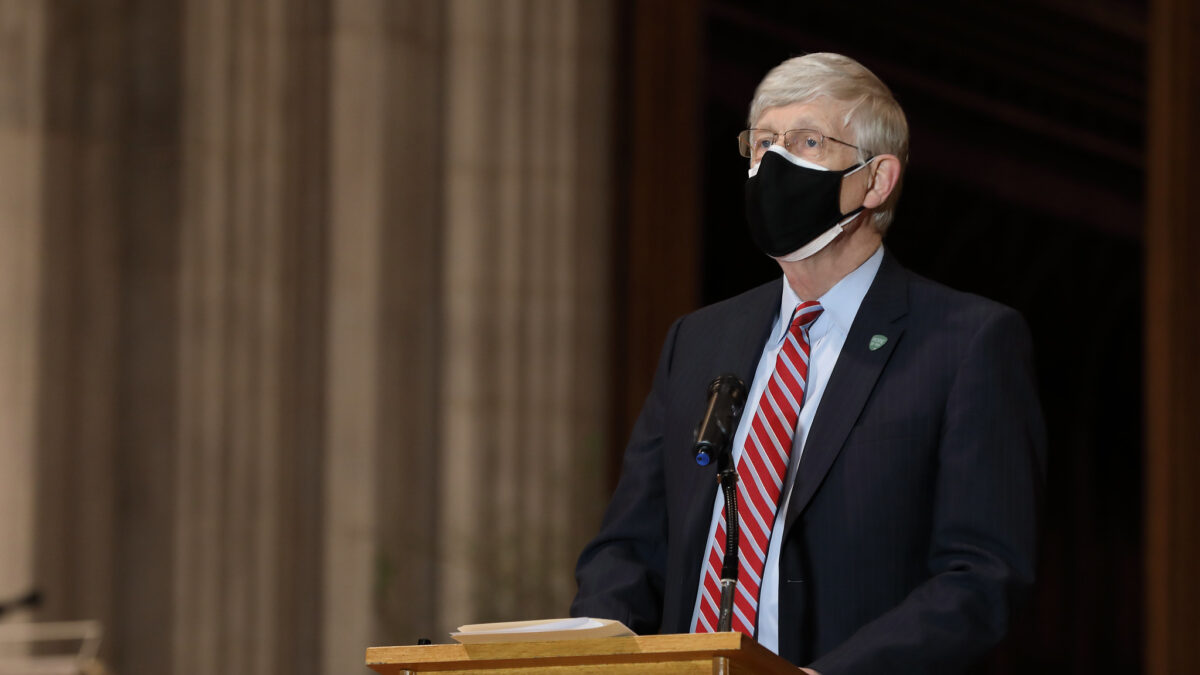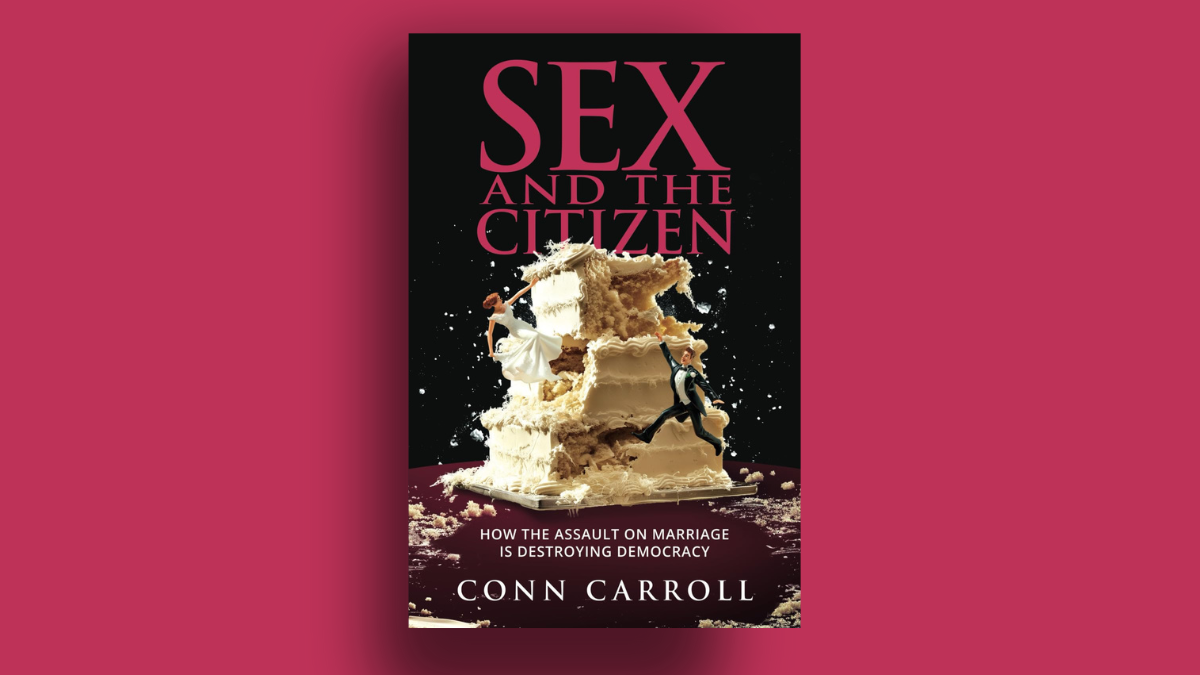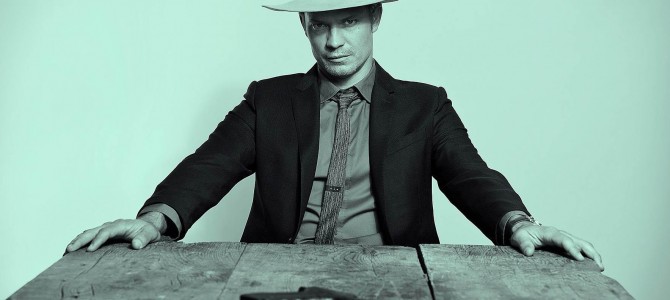
Of all the great TV shows out right now, one of the least talked-about but most deserving of praise is FX’s “Justified,” now in its sixth and final season. We live in a golden age of cable and on-demand TV dramas, and while “Justified” might not command the same reverence as “Breaking Bad” or “The Wire,” it’s more literary than most of the overwrought, humorless dramas now flooding the small screen—and certainly more of a joy to watch.
The big advantage it has over its peers is superior source material. Graham Yost, the show’s creator, adapted the pilot episode nearly word-for-word from a 50-page Elmore Leonard short story, “Fire in the Hole,” featuring U.S. Marshall Raylan Givens and the slick-talking villain Boyd Crowder (played in the show by Timothy Olyphant and Walter Goggins, respectively). In preparation for the show, Yost gave his writers copies of Leonard novels and told them to study the cadence and tone, and “Justified” soon took on a life of its own. After Leonard himself saw the pilot episode he reportedly told Yost, “You might want to keep Boyd around.”
Yost did, and his decision transformed the show—as did Leonard’s ongoing involvement. The late writer, who died in 2013 at age 87, said he was “amazed” by the writing: “Sometimes they’ve got the characters better than I put them on paper.” In 2012, Leonard published a novel, “Raylan,” which wove characters from the show into a tale set in Harlan County, Kentucky. Leonard told Yost to “strip it for parts,” which he did, weaving elements of the book into several of season four’s subplots.
A Combination of Subplots and Story Arcs
The vacillation between smaller subplots and overarching narratives is a point of tension in the show. At the outset of the fourth season, Emily Nussbaum of The New Yorker noted that “Justified” seemed to flit back and forth between serialized crime drama and more ambitious “novelistic” storytelling. She thought this a sign that “Justified” was a bit unsure of itself: was it “Law and Order” or “The Wire”?
Season one stuck mostly to distinct, self-contained plots while developing a longer story arc about Boyd’s tragic journey into and out of faith, while the second season expanded its narrative scope to tell the tale of Mags Bennett, an Appalachian matriarch (brilliantly portrayed by Margo Martindale), and her backwoods crime family. The story of the Bennett clan astounded viewers in 2011—Martindale won an Emmy—and it remains one of the best long-form dramatic threads in “Justified.” Yet Nussbaum would just as soon have the show revel in small potboilers:
The truth is, ‘Justified’ works best when it embraces its procedural roots. Or, to put it a different way, ‘Justified’—and TV in general—works best when it tells each story at the length it deserves, whether that’s an episode, three episodes, or two seasons. Mags’s story needed thirteen episodes in order to play out every emotional beat, but many of the show’s elegant, oddball tales work just as well in forty minutes. These stories also more closely resemble the twisty little noirs that Leonard writes, or those by Flannery O’Connor; knotty and compressed, they’re tiny tales with philosophical depth.
Nussbaum is right that TV shows—and films and novels—work best when they tell each story at the length it deserves. It’s also true that the show does a great job with oddball tales starring weird little criminals, or as Raylan puts it, “shitkicker-on-shitkicker crime.” But singling out the charm of those vignette-length plots as the show’s chief virtue is to miss something larger and deeper about “Justified.” If the show sometimes feels like it isn’t sure what kind of a show it is, that’s in part because of a sprawling ambition to be an extended meditation on grand themes: the price of sin and violence, the ties of blood and kin, the difference between justice and vengeance.
Complicated Men on Both Sides of the Law
Those themes, although perhaps not part of Yost’s original conception of the show, have come to saturate the slow-burning narrative of Raylan and Boyd’s tortured relationship. If you watch “Justified” long enough, you begin to wish it would set aside some of its “twisty little noirs” and spend more time on Raylan and Boyd, as the final season is now doing. After all, therein lies the show’s literary genius; it’s what makes “Justified” much more than some bluegrass “Law and Order.”
In the world Yost and Leonard spun out of one of those “oddball tales,” Boyd is no more a villain than Raylan is a hero; each man is a kind of shadow of the other, ill-suited to their assigned roles and unfit for the wider world. Cold and remorseless, justified in all his killings, Raylan is knotted up with anger and violence. His moral conscience amounts to allying himself with the law, though he ignores it when it’s convenient and flouts it openly to protect an ex-wife he loves but refuses to be with.
By contrast, Boyd exudes a kind of joie de vivre amid his many depredations while betraying a moral sensitivity far more developed than Raylan’s. He does wrong but doesn’t try to justify it to his conscience. In season three, Boyd kills a man on his crew, Devil, after learning of the man’s plans to betray him. While dumping the body, Boyd quotes something his father used to say: “Once you make up your mind to kill a man, ain’t nothing left to talk about.”
Arlo (Raylan’s crooked father) replies, “Thinking about it just makes it harder.”
“Well maybe it should be harder,” Boyd says.
“That kind of attitude might make a man blink when the moment comes.”
“Did I blink?”
Hardboiled Fiction with a Bit of Transcendence
Admittedly, much of “Justified” is just modern-day hardboiled fiction, with Raylan Givens as a cowboy version of Sam Spade. If you like that sort of thing, as Nussbaum does, it’s a fun show. But at its finest, “Justified” is more like Raymond Chandler’s Philip Marlowe novels. Chandler managed to tell potboiler detective stories through a narrator whose inner life and moral sense gradually become more compelling than the discreet plots he inhabits. Marlowe goes from cynical, boilerplate detective to complicated Romanic hero—a “shop-soiled Sir Galahad.”
That transformation elevates Marlowe above the literary genre to which he belongs, which sometimes takes the reader by surprise. By the end of “The High Window,” Marlowe is moved by his sense of moral obligation to rescue an emotionally shattered girl from her situation in Los Angeles. He drives her to Kansas to reunite her with her parents. As he’s leaving, says: “I had a funny feeling as I saw the house disappear, as though I had written a poem and it was very good and I had lost it and would never remember it again.”
“Justified” might not quite achieve what Chandler did, but through Raylan and Boyd it does transcend its genre to illuminate the vagaries and venalities of human nature—with some badass gunfights along the way.


